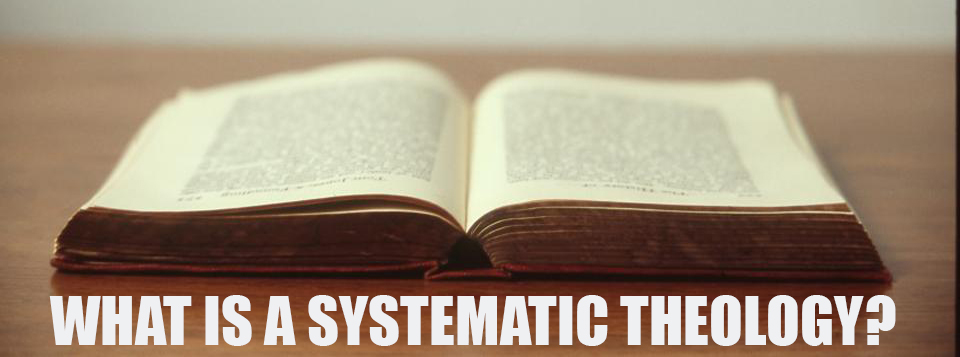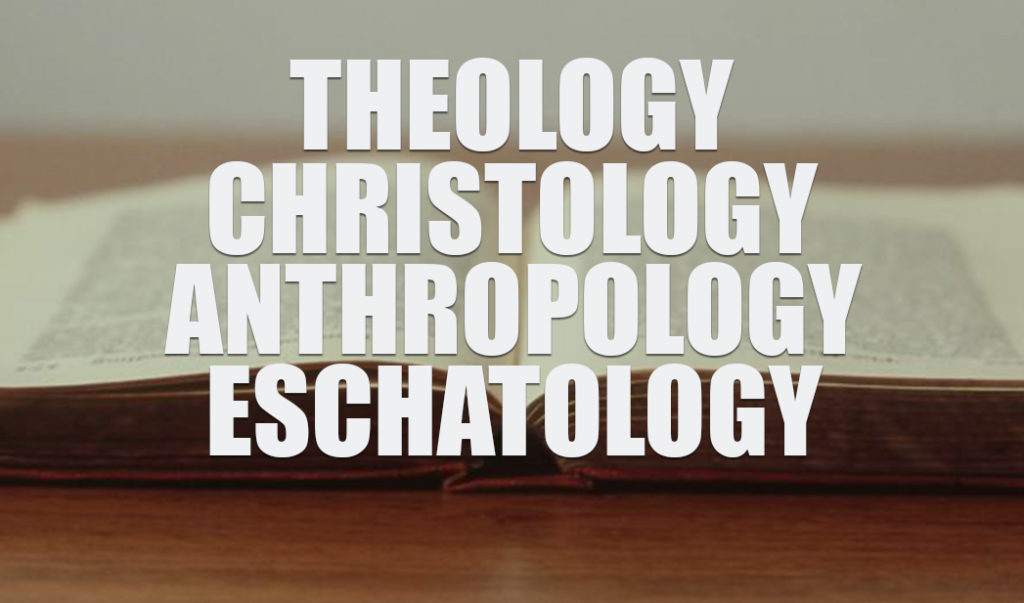Linguistically, The Urantia Book is constructed from words of the English language. Conceptually, it is constructed from concepts derived from various writings in theology, history, and the natural sciences. Structurally, it also conforms to a specific form of theological writing.
Structural forms are common in formal writing. For example, the symphonic form in which a musical composition is developed in four distinct movements. A quatrain is a structural form used in writing poetry.
Likewise, the structure of The Urantia Book is a classic structure used in Christian theological writing known as a systematic theology.

There are four primary elements in a classic systematic theology. They are theology, anthropology, eschatology, and Christology.
The Theology provides a theory of God, his nature and his relationship to humanity. Here is where we find doctrines of the trinity, God’s purposes, and cosmology.
The Anthropology provides a theory of humanity, its origin and nature. Here we may find a philosophy of history, writings about God’s action in human history, and theories about the nature of evil and suffering in the world.
The Christology is the study of Jesus, his nature—who or what he was—and his work in the world.
Here we find doctrines of atonement and salvation, his relationship to God, as well as theories about the work of the Holy Spirit.
Eschatology is the study of “the end times,” both individual and collective human destiny, the “second coming,” the goal toward which all life is evolving, the nature of the kingdom of heaven, the final judgment, and life after death.
The Christology normally forms the centerpiece of a systematic theology with the other three divisions providing theological context, support, and expansion of the view of Jesus being presented by the author. The writing of a systematic theology is usually the crowning work of a theologian’s career.
A secondary purpose of a systematic theology is to provide a foundation upon which further exploration and development might take place.
The Urantia Book is constructed in the classic form of a systematic theology. At its core is its Christology with the rest of the text providing background information relative to the story of Jesus of Nazareth as Michael of Nebadon.
In the middle of the twentieth century, Jesuit theologian Karl Rahner commented that human knowledge was expanding so rapidly that it may never again be possible to create a systematic theology, a unified cosmic perspective, a conceptual framework within which Jesus might be understood and within which all human knowledge might be ordered.
For nearly 2,000 years, Jesus of Nazareth has remained the most controversial figure of human history. And today, in theological circles as well as in the pews of churches in communities of sincere religionists around the world, countless numbers of people still ask the same questions – who was Jesus of Nazareth and what are the implications for my personal life, for humanity?
The systematic theology of The Urantia Book heralds a new era in human understanding and illuminates the developmental road ahead.


6 thoughts on “The Urantia Book and Systematic Theology”
Do hope that theologians and scholars of a much broader spectrum will be able to take note of this succinct and to the point description of one of the most important cosmological, theological, anthropological, historical and biographical treatises presented on a different level about the life and times and teachings of Jesus of Nazareth.
Thank you, Mr. Kantor. I am able to make good use of this “slant” on the Revelation in my personal efforts…
Great point/analysis. A very well-read and Catholic-leaning friend I introduced the book to recently pointed out similarities between the UB’s composition and the structure of St. Aquinas’ work. I thought that was neat.
Good research and analysis of the structure of The Urantia Book, David. The Urantia Book only seems to be missing the end times unless we call the eras of Light and Life the end times.
Hi David,
Great article. You’ve got me thinking! In a systematic theology, you mention that one of the main components is an eschatology. How do you reconcile this with the content of the UB?
Since The Urantia Book purports to be a “revelation,” the style of writing is distinctly revelatory. It is a far greater and superior piece of unified literature than any form of “systematic theology” I can imagine.
Thank you David for your ever-enlightening contributions. I always know a little more after reading and/or viewing your valuable work. So much appreciated!